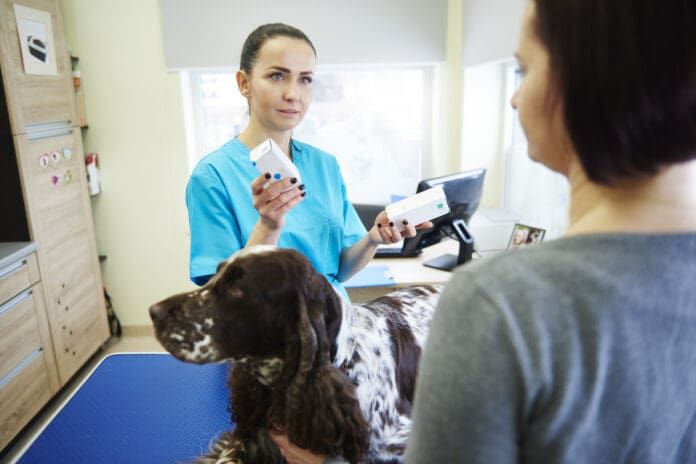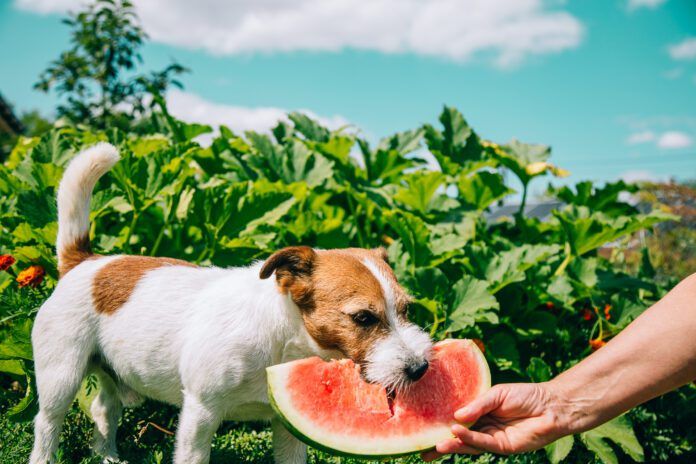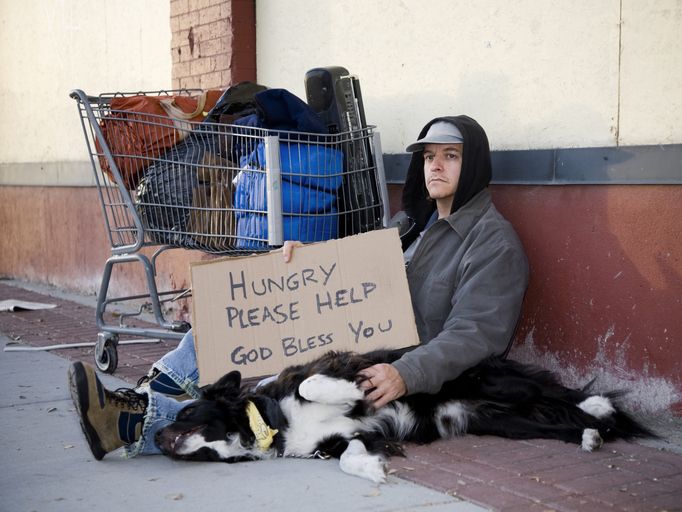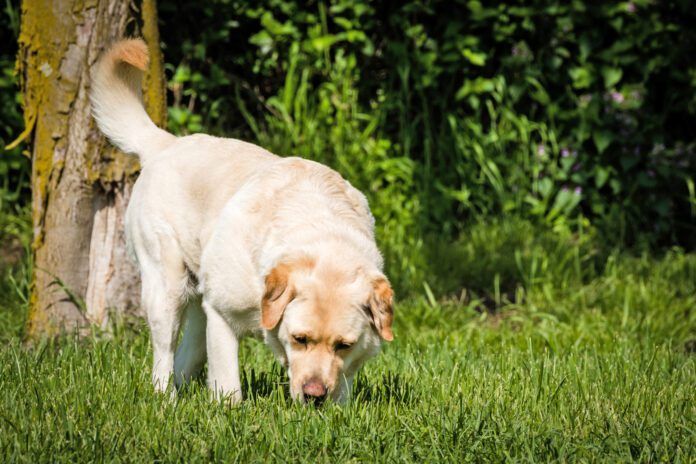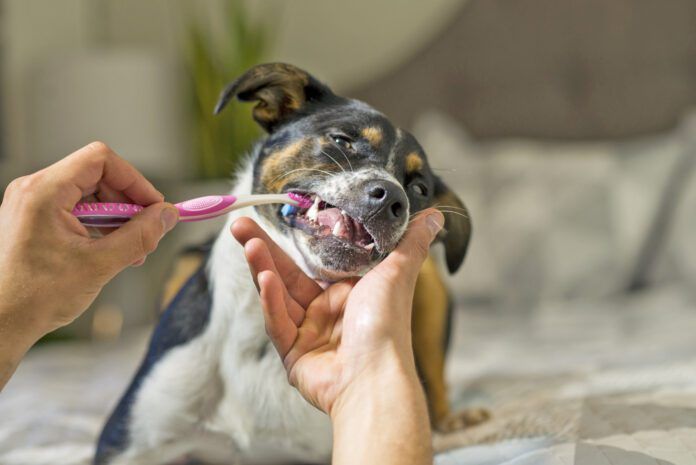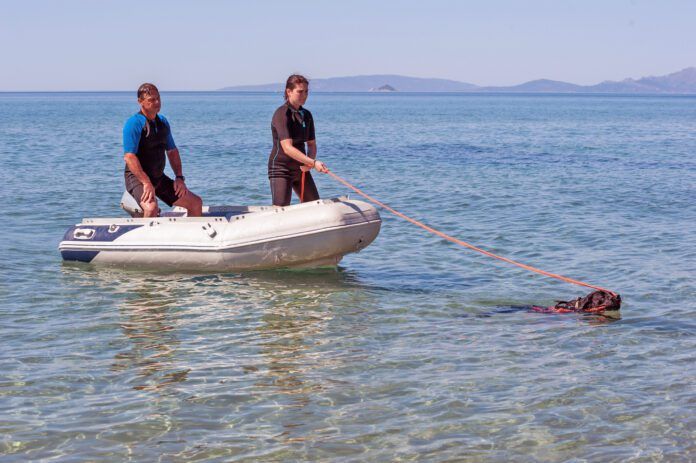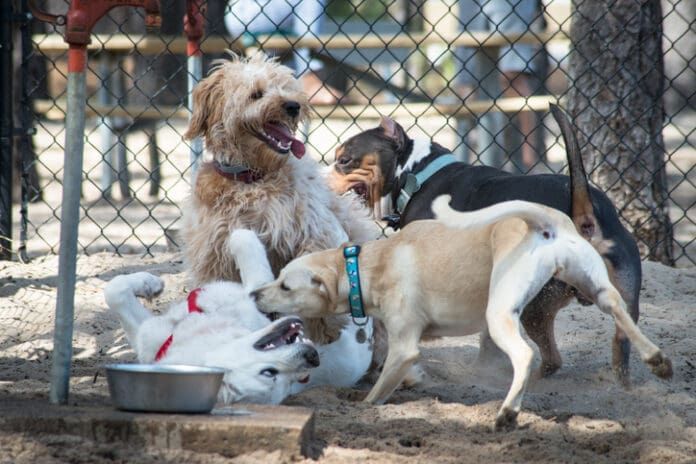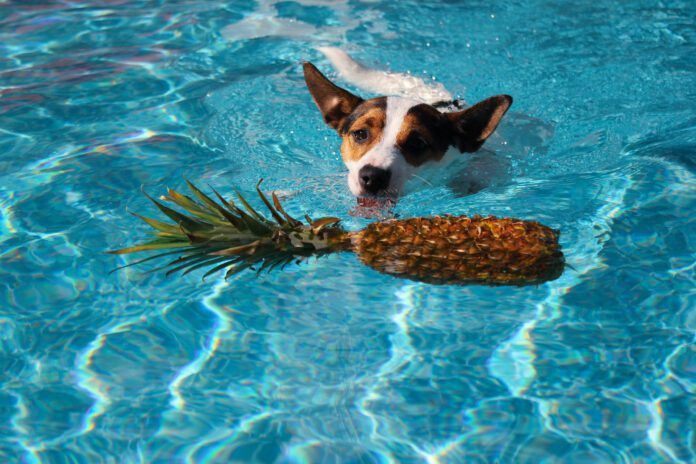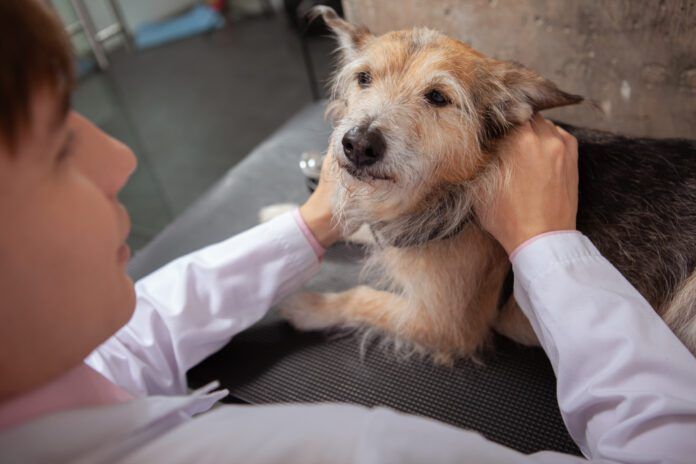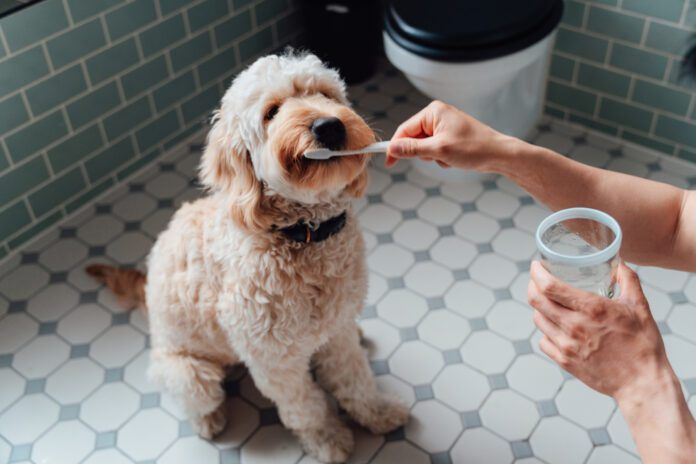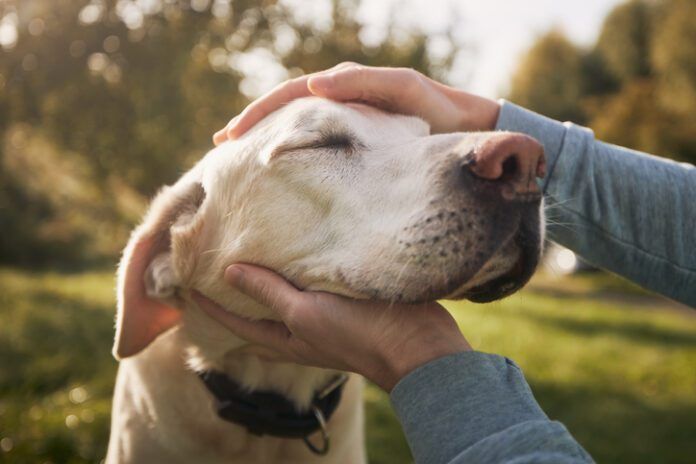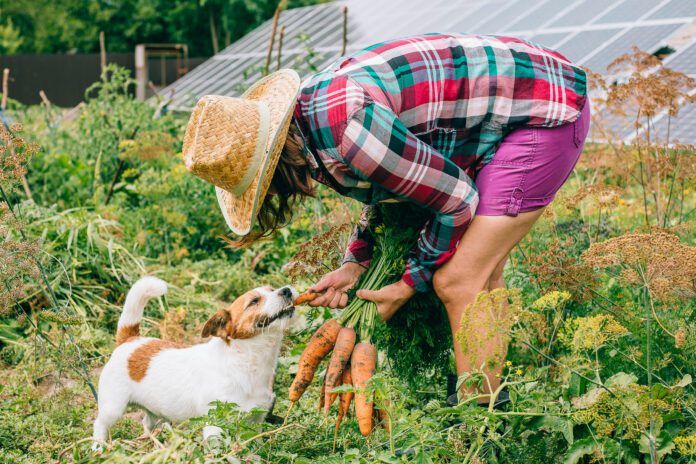Dog pain medication can be divided into two broad categories: Nonsteroidal anti-inflammatory drugs (NSAIDs), which alleviate pain by reducing inflammation, and analgesics, which provide pain relief through a variety of mechanisms.
Pain medications for dogs are not interchangeable. Some pain relievers that you use for yourself can be harmful or even toxic to dogs. And an analgesic that was prescribed for another pet in the home may not be the right type or dose for the one who is currently exhibiting pain. When choosing the most effective medication for your dog, your veterinarian will weigh a number of factors, including your dog’s:
- Age
- Weight
- Breed
- Overall health
- Kidney and liver function (based on blood test results)
- The cause of the pain (arthritis, trauma, surgery?)
- The part of the body that is affected (joints, musculoskeletal system, abdomen)
- The type of pain (acute or chronic)
- The intensity of the pain as evidenced by the dog’s behavior
- The length of time that the dog is expected to need pain relief
Most people have one or more NSAIDs or other pain relievers made for humans in their medicine cabinet, such as ibuprofen, naproxen, aspirin, or acetaminophen. Ibuprofen and naproxen should never be given to dogs. These drugs can cause kidney damage, liver damage, gastrointestinal ulcers, and seizures, depending on the size of your dog and how much he receives. Acetaminophen (common trade name Tylenol) is an analgesic that can cause serious side effects in dogs (and is fatal at any dose in cats and ferrets).
Aspirin is an over-the-counter NSAID that is available in both human and dog formulations. It was used in veterinary medicine for many years as a pain medication but its use is not without potential side effects. Even at therapeutic doses for pain relief, aspirin can cause gastrointestinal bleeding. Safer and more effective NSAIDs made just for dogs – such as carprofen, deracoxib, and firocoxib – have phased out the use of aspirin for pain relief by most veterinarians.
Dogs who have a disease that increases their risk of developing thromboemboli (clots within their blood vessels) may be prescribed aspirin, which interferes with platelet function to lower the risk of clots. The dose used for preventing thromboemboli is lower than the dose for reducing pain. Using aspirin for pain relief may put dogs at risk for excessive bleeding if they become injured or have surgery.
Sometimes we are so desperate to provide our dogs pain relief that we give them the only thing we have in our medicine cabinet that they can have: aspirin. Unfortunately, if you give your dog aspirin in the days before taking your dog to his veterinarian to determine the reason for his discomfort, the vet will be limited in what can be prescribed for your dog’s pain. If your veterinarian recommends starting an NSAID, your dog will need to be without any NSAID for 5 to 7 days from the last dose of aspirin before starting an NSAID made for dogs.
Nonsteroidal Anti-inflammatory Drugs (NSAIDs)
Inflammation is the body’s response to an injury or osteoarthritis (the breakdown of joint cartilage). Inflammation can be identified in the dog by five clinical signs: heat, redness, swelling, pain, and loss of function. When the insult to the body is acute, the inflammatory response causes blood vessels in the troubled area to dilate and increases their permeability. This allows protein-rich fluid to flood into the interstitial spaces, causing the tissue to swell. This fluid contains a mixture of components that help repair cellular damage and helps flush away injured and damaged cells – but sometimes this immune-system response may be excessive, causing more harm than good. Prolonged inflammation can cause persistent pain or swelling. Chronic inflammation can cause tissue destruction and fibrosis (tissue thickening or scarring).
NSAIDs reduce inflammation, which will often relieve the pain caused by the inflammation.
Using an NSAID dog pain medication is not without risk, but when given at an appropriate dose and used for as short a period as possible, the risk of developing side effects is low. Giving more than the labeled dose for any length of time increases the risk of an adverse event, such as gastrointestinal ulcers, liver damage, or kidney damage. Each NSAID has a narrow dosing range; never give more than the dose your veterinarian has prescribed.
A dog who is receiving an NSAID should not receive any other NSAID or a corticosteroid (such as prednisone) at the same time. It takes several days for a dog to clear the last dose of any NSAID from his body. A washout period of 5 to 7 days is recommended between stopping one NSAID and starting a different NSAID.
NSAIDs should be used cautiously or not at all in dogs who have kidney disease or liver disease. Your veterinarian will recommend a baseline chemistry panel to check for elevated kidney values or liver enzymes before prescribing an NSAID. Dogs receiving an NSAID daily for several weeks or more should have their bloodwork checked at regular intervals to ensure that their kidney values and liver enzymes remain stable.
Analgesic Medications for Dogs
Analgesics provide pain relief by binding to pain receptors in the body. Unlike NSAIDs, analgesics do not reduce the inflammation that causes pain. But analgesics can be used very effectively when combined synergistically with NSAIDs to provide more complete pain relief. Using an analgesic with an NSAID can also reduce the amount of NSAID required or how often an NSAID is given.
It seems logical that if analgesics only relieve pain and NSAIDs relieve that inflammation that causes pain that giving an NSAID would always be an appropriate choice. But there are health conditions in which giving an NSAID is contraindicated. Your veterinarian may prescribe one or more analgesics in these circumstances.
Some analgesics used in dogs are controlled substances – medications that have been identified by the United States Drug Enforcement Agency (DEA) as having a high potential for abuse by humans. There are limits on how much of a controlled substance can be prescribed at one time. Pharmacies cannot accept a telephone request for a prescription for a controlled substance from a veterinarian; instead, a written script must be physically presented to the pharmacist filling the prescription.


